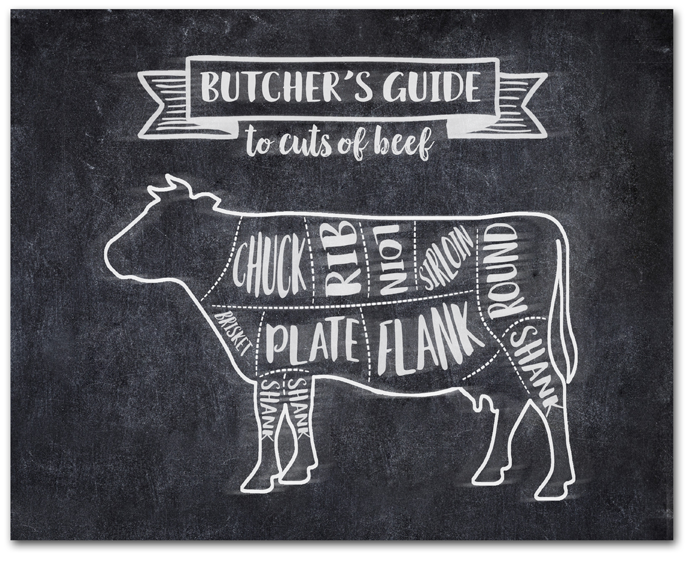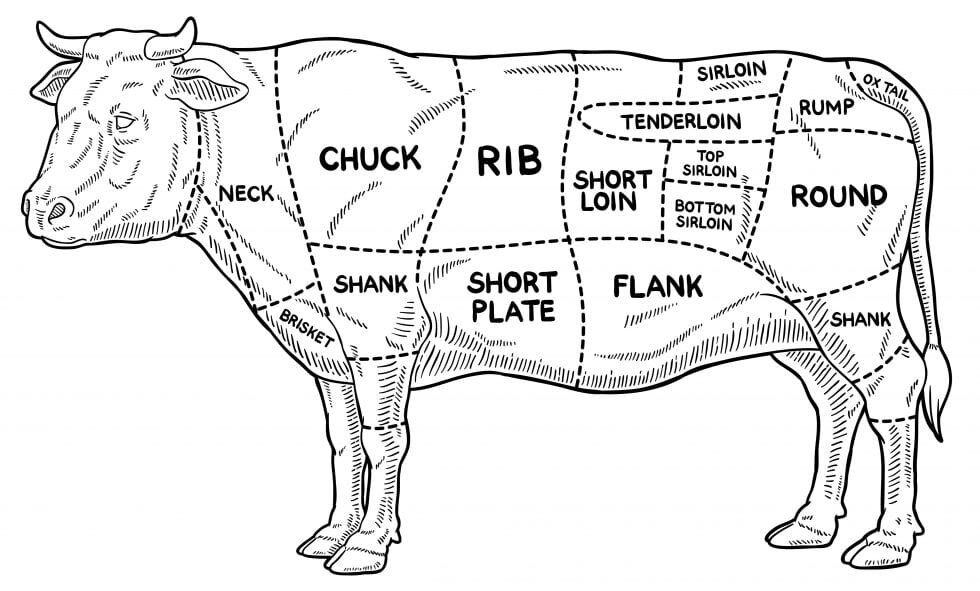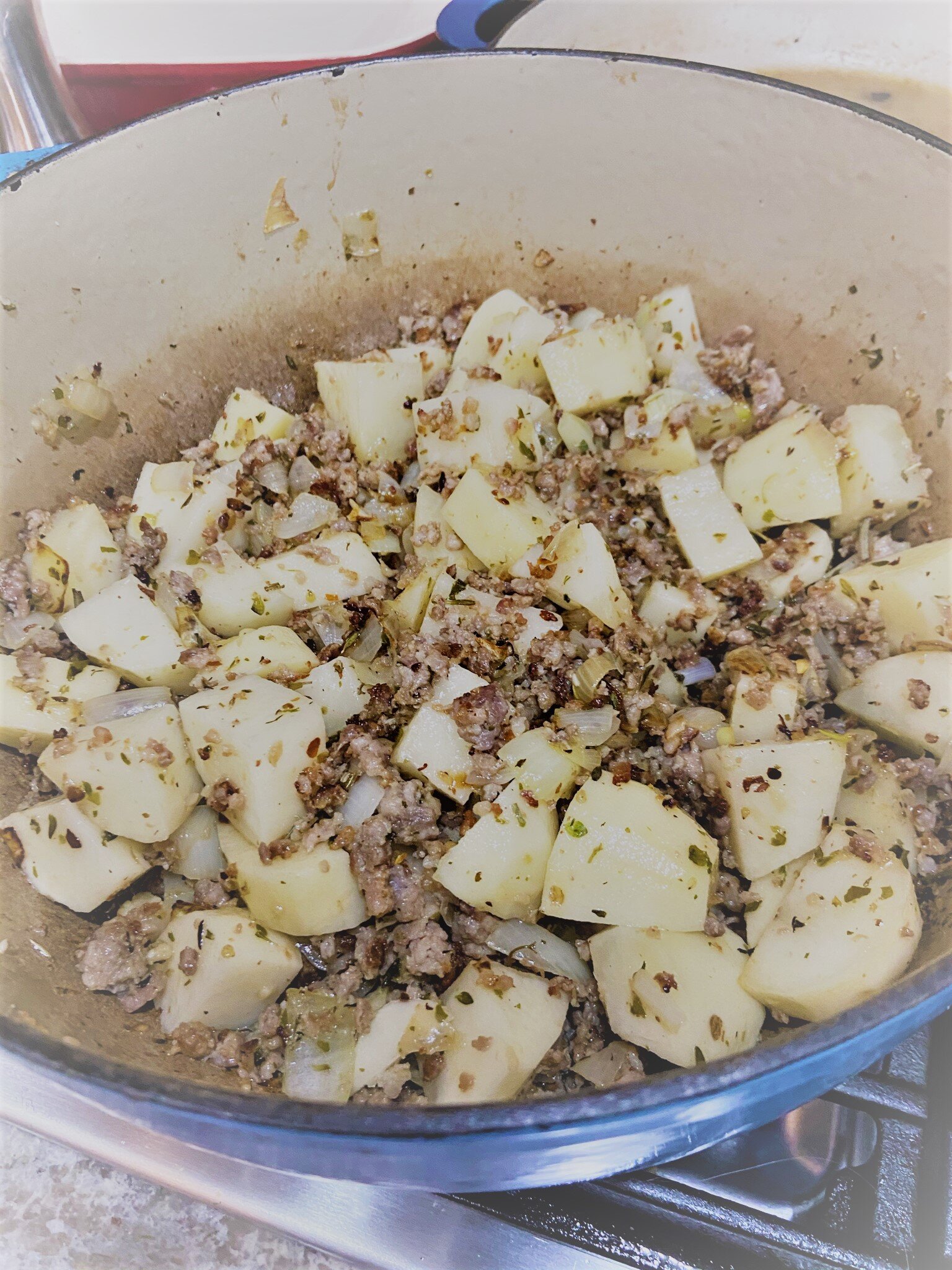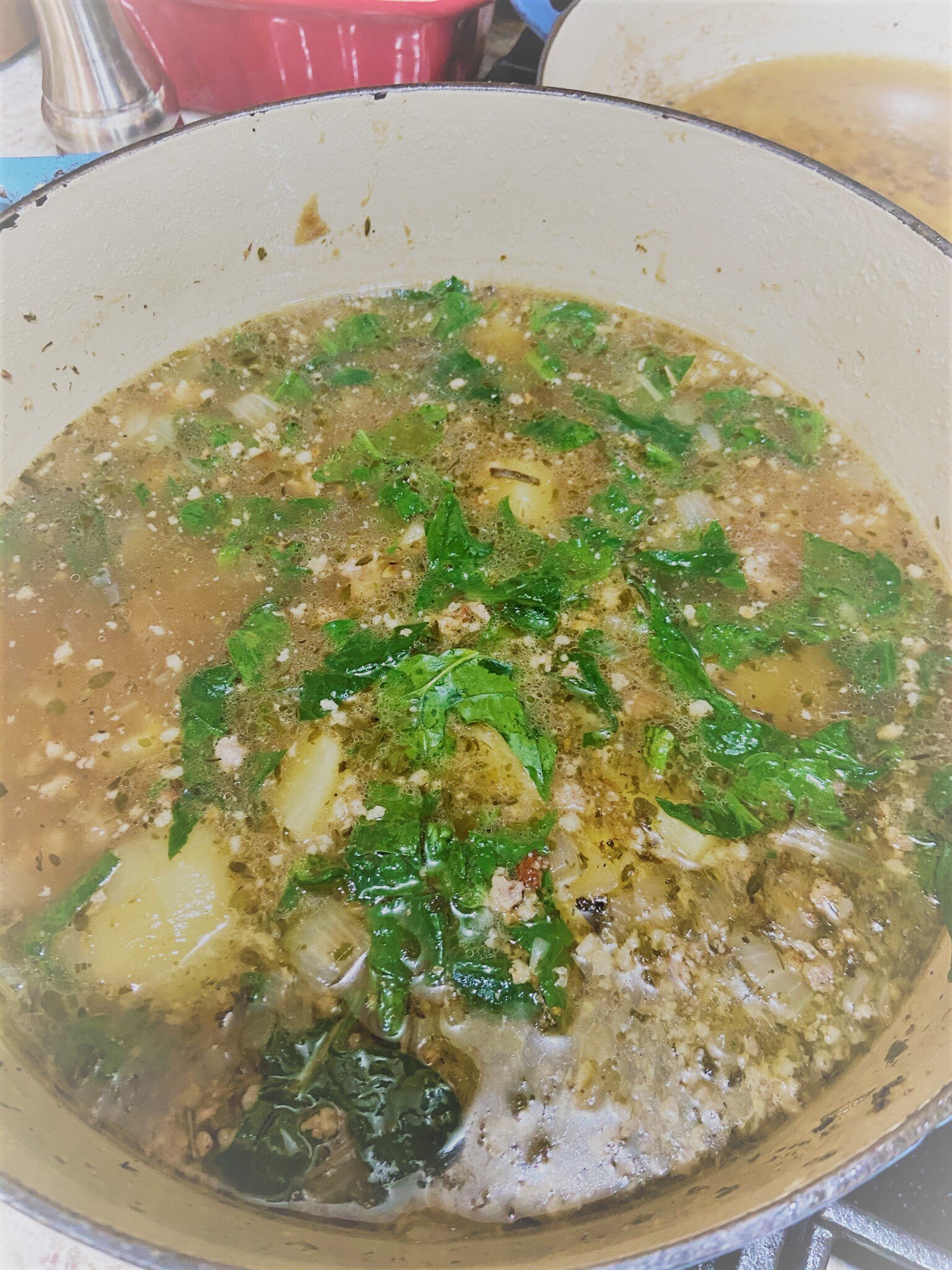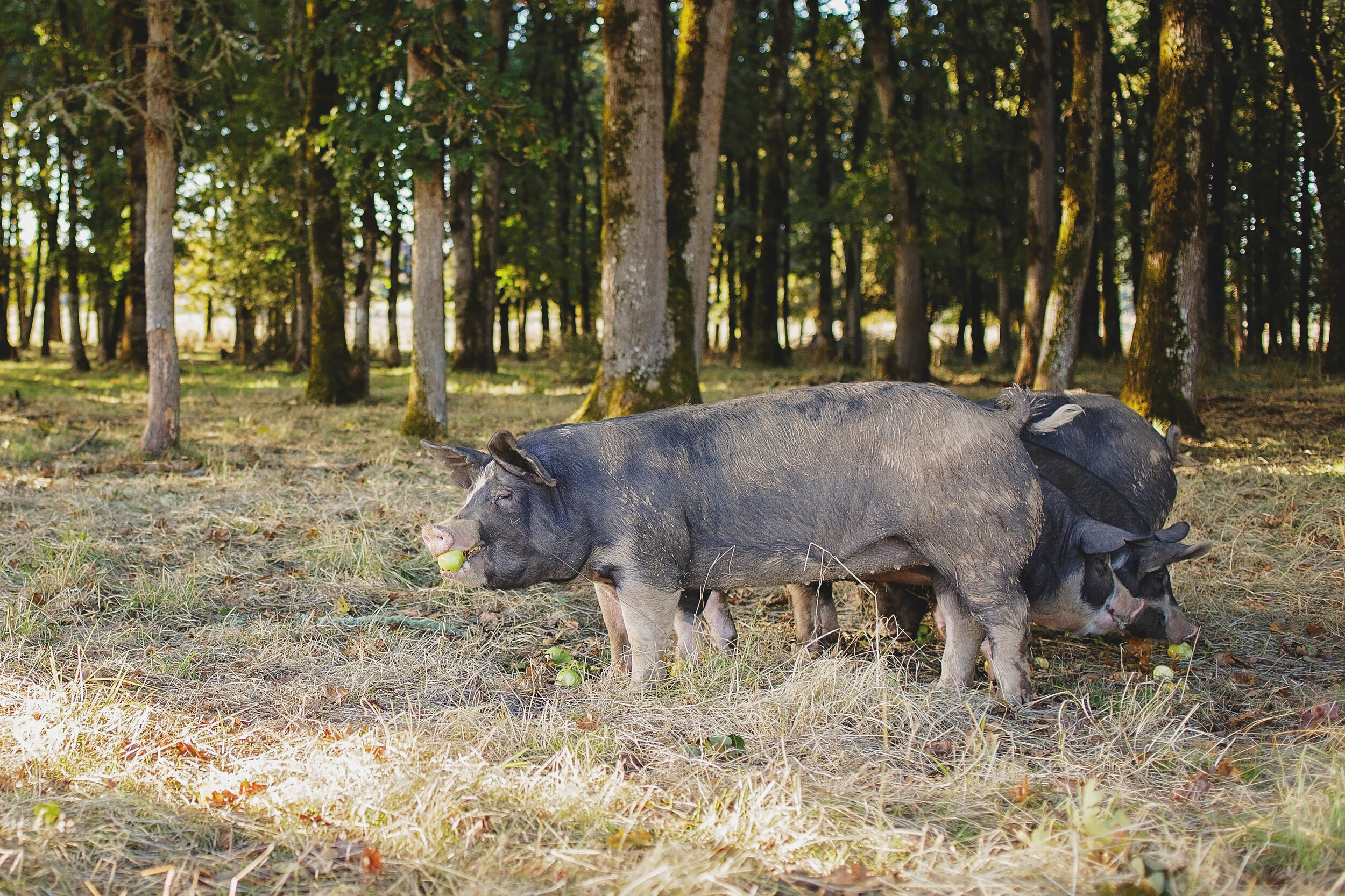Buying in bulk can be daunting but I promise you the benefits outweigh the risks. I am here to walk you thorough the process, explain what comes with 1/4 beef, and how it saves you money.
You will love the convenience and peace of mind that comes along with having your own 1/4 beef in your freezer.
A quarter is not the only bulk beef you can buy though! It comes in eighths, halves and wholes also.
So let me explain the differences:
Quarters:
A quarter beef is recommended for families with 1-2 adults and small children, as long as you also eat other proteins like chicken, pork, lamb, eggs, otherwise you may need a half.
Will easily fit into a 5-7 cubic foot chest freezer or would take up a quarter of small upright freezer.
Includes a variety of steaks, roasts, ground beef, organ meat and bones.
Customizable with how thick you want your steaks, how many per package and roast package size.
Hanging weight of a quarter ranges between 125-200 pounds, and packaged weight ranges between 90-150 pounds. If you need clarification on the different weights read this: 3 Types of Weights
You save about $100 buying a quarter verses buying the individual cuts that would come in a quarter. You end up paying about $9/lb for all the cuts across the board, which is the price of our least expensive cut: ground beef. So you are getting the prime cuts like New York Steaks or Ribeye Steaks, which are normally valued at $23-$25/lb for ground beef price, $9/lb.
Here are the typical cuts that come in a quarter beef:
(4-6) Ribeye Steaks
(1-2) Tenderloin Steaks
(2-4) T-Bone Steaks (or New York Steaks + Tenderloin)
(1-2) Sirloin Tip Steaks
(2-3) Top Sirloin Steaks
(1-2) Cross Rib Roasts
(2-3) Top Round Roasts
(4-5) Chuck Roasts
(1-2) Short Ribs
(1-2) bags of broth bones
(40-50) Ground Beef
(2-3) Osso Bucco (aka Beef Shanks)
(1-2) packages liver
Halves:
Buying a half you save about $200. You end up paying about $9/lb for all the cuts across the board, which is the price of our least expensive cut-ground beef. So you are getting the prime cuts like New York, Tenderloin and Ribeye Steaks, which are normally valued at $23-$30/lb for ground beef price, $9/lb.
Recommended for families with 2 adults and 2+ middle school or high school age kids. Also great for families who do not eat other meats such as pork, lamb or chicken.
With a half beef you double all the cuts above plus:
(1-2) Brisket
(1) Flank Steak
(1) Tri Tip Roast
(2) Skirt Steaks
(1-2) Beef Cheeks
(1-2 lbs) Heart
(1-2) Kidney
Wholes:
For large families with 2-4 adults and 2+ teenage kids with big appetites. Great for multigeneration families living together. A lot of families even split up a whole beef when they aren’t living together. The price per pound hanging weight does drop for halves and wholes. And you save about $400 buying a whole beef verses buying individual cuts.
The only way to get an oxtail is to order a whole beef, sorry friends, there is only one of those per animal!
Plan on 16-17 cubic feet of freezer space for a whole beef. This would be an entire upright freezer or a medium sized chest freezer.
Eighths:
An eighth is a few steaks, a couple roasts and mostly ground beef. You save about $50 buying this way.
It’s a great sampling of our meats if you’ve never bought in bulk before. Good for single adults or households with 2 adults, or even one adult and one small child.
An eighth beef can fit in the top freezer portion of a fridge/freezer combo with room left over. It needs about 3 cubic feet.
Here’s what comes typically in an eighth:
(1) Sirloin Tip Steak
(1) New York Steak
(1) Tenderloin Steak
(2) Ribeye Steaks
(12-15) Ground Beef
(3-4) Stew Meat
(1) Chuck Roast
(1) Sirloin Tip Roast
(1) Broth Bones
(1-2) Osso Bucco
Hopefully this helps give you an idea of what comes with an eighth, quarter, half or whole beef.
Our premium Grass Fed and Finished Beef will be so nice to have at home in your freezer. Less trips to the grocery store, more peace of mind knowing your stocked up for the year.
When you buy in bulk you save money and time, you’re not picking up a piece here and there but the once a year purchase has you covered.
How it works is you first put down a deposit for the quantity of beef you want. You will be put on our waitlist for the next available butcher date, so the sooner you want your beef, the sooner you should reserve it.
Thanks for supporting our family farm and for valuing your health enough to eat Grass Fed meats!

